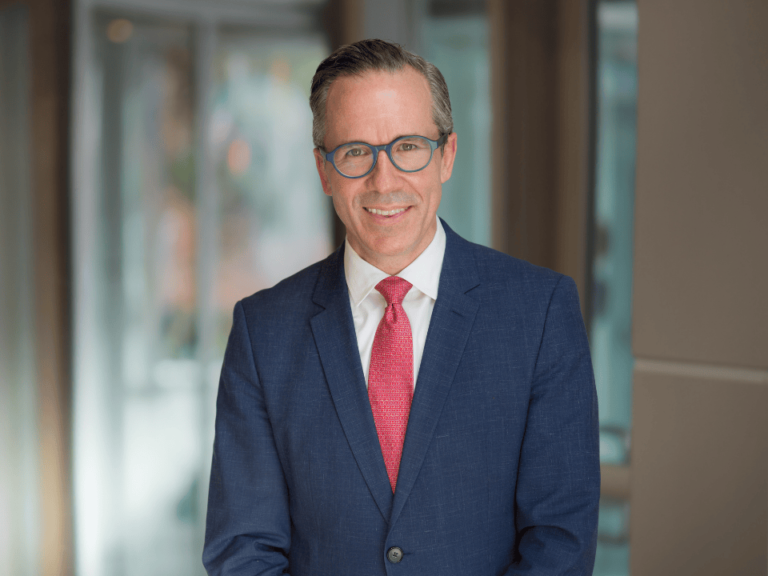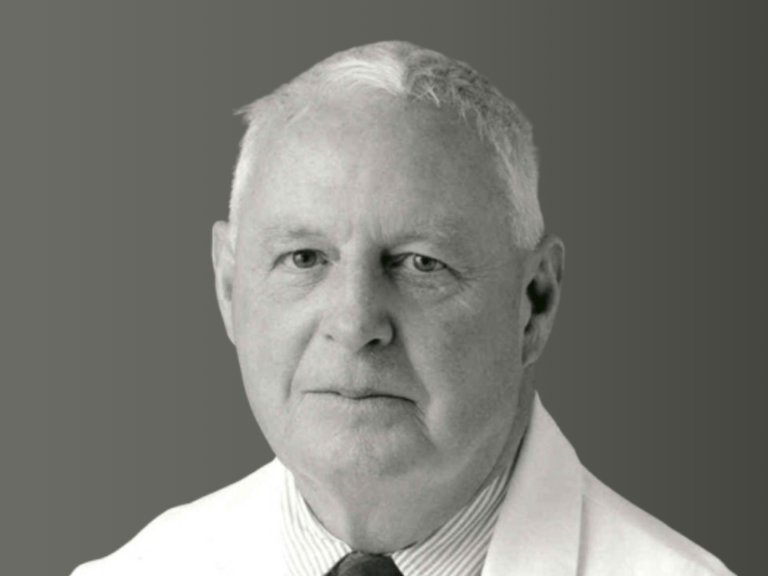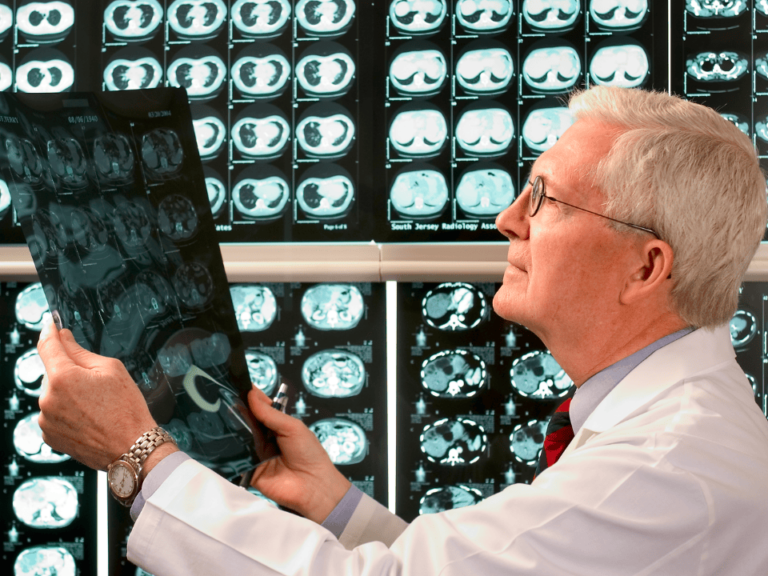The Cancer History Project has compiled a series of articles from our archives and contributors on the topic of bone marrow transplantation in oncology.
A full archive of articles about bone marrow transplantation appears here.
Spotlight articles


- Dorothy “Dottie” Thomas, 92, “Mother of Bone Marrow Transplantation”
By The Cancer Letter | Jan. 16, 2015
Dottie Thomas, deemed the “mother of bone marrow transplantation,” died Jan. 9, 2015 at her home near Seattle. She was 92.
Thomas was also the wife and research partner to 1990 Nobel laureate E. Donnall Thomas
The Thomases formed the core of a team that proved bone marrow transplantation could cure leukemias and other blood cancers, work that spanned several decades.
“Dottie’s life had a profound impact, not just on those who knew her personally, but also countless patients,” said Fred Hutch President and Director Gary Gilliland, who became friends with the Thomases when he and Don served on the advisory board of the José Carreras Leukaemia Foundation.
Dottie Thomas may have gotten the name from the late George Santos, a bone marrow transplantation expert at Johns Hopkins University and a professional colleague. “If Dr. Thomas is the father of bone-marrow transplantation, then Dottie Thomas is the mother,” he once said
Dottie was a journalism major in college when, in March 1943, Don was admitted to Harvard University Medical School under a U.S. Army program. Dottie got a job as a secretary with the Navy while Don attended medical school.
“Dottie and I talked it over, and we decided that if we were going to spend time together, which it turned out we liked to do, that she probably ought to change her profession,” Don told The Seattle Times. “She’d taken a lot of science in her time in school, much more than most journalists. She liked science.”


- Video: NCCN’s Bob Carlson talks about the day he stormed out of a meeting with transplanters
By Cancer History Project | March 26, 2021
Robert W. Carlson: Those of us on the breast cancer panel, being more disease-related experts rather than modality experts, were concerned that the appearance of superiority of transplantation in the non-randomized trials was based upon unconscious, [and] sometimes probably conscious, evaluation by the treating physicians, that they were essentially selecting a healthy cohort, that someone who looked like they could handle a therapy as strong or as aggressive as transplantation was a healthy cohort patient, and we should expect them to do better.
And so, it became a discussion on are these results the result of selection bias and using historical controls that were not selected in the same way? Or was this really a difference in the effectiveness of the therapies? It was a spirited, let’s say, discussion, with substantial disagreement; sometimes got heated.
At one point in time, I looked at the person who was leading the transplant presentation, and just looked at him and said, “If that’s really what you think, then we’re done. We’re done.”
And I collected my stuff and headed for the door. And Rodger, bless his little soul, ran over to the door, literally locked the door, and turned around and said, “You can’t leave, Bob. You’ve got to stay.”
It digressed into a non-scientific discussion, and if we’re going to do this based upon opinion, then that’s not the way you get on our breast cancer guideline.
Bone marrow transplantation in The Cancer Letter archive
- New Drugs Improve Outlook For Bone Marrow Cancer, March 31, 2006
- Study Recommends Longer Courses Of Chemotherapy For Bone Marrow Cancer, March 31, 2006
- Age Doesn’t Affect Survival After Bone Marrow Transplant, Dec. 26, 2008
- Bone Marrow Transplant Survival Has Doubled In Young Patients, Aug. 26, 2011
- Study: Ibrutinib Lowers IgM, Bone Marrow Disease Burden, July 26, 2013
Cancer History Project contributors: A history of bone marrow transplantation
- Cutting-Edge Care for Blood Cancers
By Fox Chase Cancer Center | Oct. 6, 2022
Every three minutes, someone in the United States is diagnosed with a blood cancer. These cancers, which include leukemia, lymphoma, multiple myeloma, and many others, account for nearly 10% of all new cancer cases, according to the Leukemia Research Foundation.
The Leukemia and Lymphoma Society estimates that 1.3 million Americans are living with, or are in remission from, leukemia, lymphoma, or myeloma.
“Every week our staff sits down together and offers the best to our patients, whether it’s chemotherapy, radiation, immunotherapy, stem cell transplant, bone marrow transplant, cellular therapy, or a combination of all of them,” said Henry Chi Hang Fung, MD, FACP, FRCPE, chair of the Department of Bone Marrow Transplant (BMT) and Cellular Therapies at Fox Chase. Fung has more than 30 years’ experience working with thousands of patients undergoing transplants. Among many other honors, he is consistently listed by Castle Connolly and Philadelphia magazine as a top doctor in hematology and cancer.
The department, which was recently formed from the Fox Chase-Temple University Hospital Bone Marrow Transplant Program, treats patients with different types of blood cancers. It also provides bone marrow and stem cell transplantation and cellular therapies to patients with blood disorders and other life-threatening diseases with the goal of improving their long-term outcomes.


- Video: Rutgers Cancer Institute of New Jersey Celebrates its 15th Anniversary
By Rutgers Cancer Institute of New Jersey | Sept. 19, 2022
Dr. Roger Strair, MD, PhD, and Jacqueline Manago, RN, BSN, OCN, from Rutgers Cancer Institute of New Jersey are featured in the Health Watch segment focusing on 15 years of patient care at Rutgers Cancer Institute. Also featured are Rutgers Cancer Institute’s first bone-marrow transplant patient and a stage four, non-Hodgkins lymphoma patient who has created an annual bike ride that raises thousands of dollars for research done in the Strair lab.


- Primary Source: Dr. George Santos on Bone Marrow Transplantation for Cancer Today, 1989
By Johns Hopkins Kimmel Cancer Center | May 19, 2021
Dr. George Santos on Bone Marrow Transplantation for Cancer Today. Originally published in 1989.
- Primary Source: Bone Marrow Transplant Complication May Have Beneficial Effect
By Johns Hopkins Kimmel Cancer Center | April 14, 2021
Dr. Rick Jones on ‘Bone Marrow Transplant Complication May Have Beneficial Effect.’ Published Oct. 29, 1987.


- Video: Bone Marrow Transplant: Pioneering Discovery To Curing Patients
By Johns Hopkins Kimmel Cancer Center | April 12, 2021
Dr. Rick Jones from the Johns Hopkins Kimmel Cancer Center explains the history of bone marrow transplants, the pioneering scientific discovery lead by Johns Hopkins researchers, and the current state of this life-saving procedure.


- 15,000 second chances: Bone Marrow Transplant program celebrates new milestone
By City of Hope Comprehensive Cancer Center | Feb. 25, 2021
City of Hope’s bone marrow transplant program recently performed the procedure on its 15,000th patient, a remarkable milestone considering that the initiative started with just two physicians, three beds and guarded expectations in 1976.
Forty-three years ago, a young college student from Indiana was admitted as a patient and became the hospital’s first successful bone marrow transplant.
In October of that year, the student, then 27, received the devastating news from his physician that he had acute myeloid leukemia (AML). In those days, an AML diagnosis was grim. Bone marrow transplantation (BMT) as a cancer treatment was still primitive and not in wide practice. At the time, City of Hope was one of only six medical centers in the United States offering it.
The student’s doctor advised the young man to get his affairs in order, and he broke the devastating news to his family. It was a cousin, a doctor living in Los Angeles, who told him she knew of a cancer treatment center in nearby Duarte that had just launched a program for BMT.
This column features the latest posts to the Cancer History Project by our growing list of contributors.
The Cancer History Project is a free, web-based, collaborative resource intended to mark the 50th anniversary of the National Cancer Act and designed to continue in perpetuity. The objective is to assemble a robust collection of historical documents and make them freely available.
Access to the Cancer History Project is open to the public at CancerHistoryProject.com. You can also follow us on Twitter at @CancerHistProj, or follow our podcast.
Is your institution a contributor to the Cancer History Project? Eligible institutions include cancer centers, advocacy groups, professional societies, pharmaceutical companies, and key organizations in oncology.
To apply to become a contributor, please contact admin@cancerhistoryproject.com.











